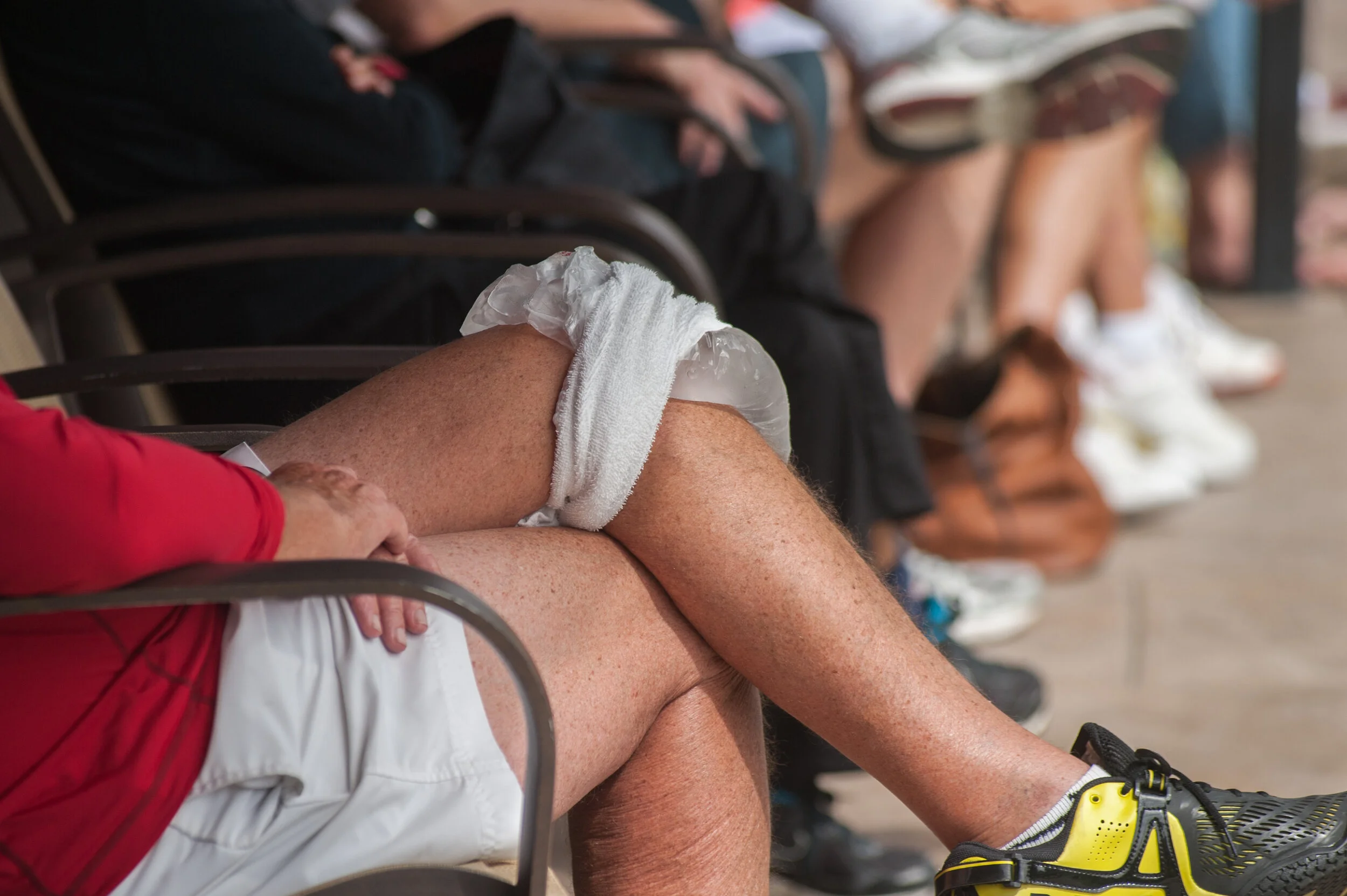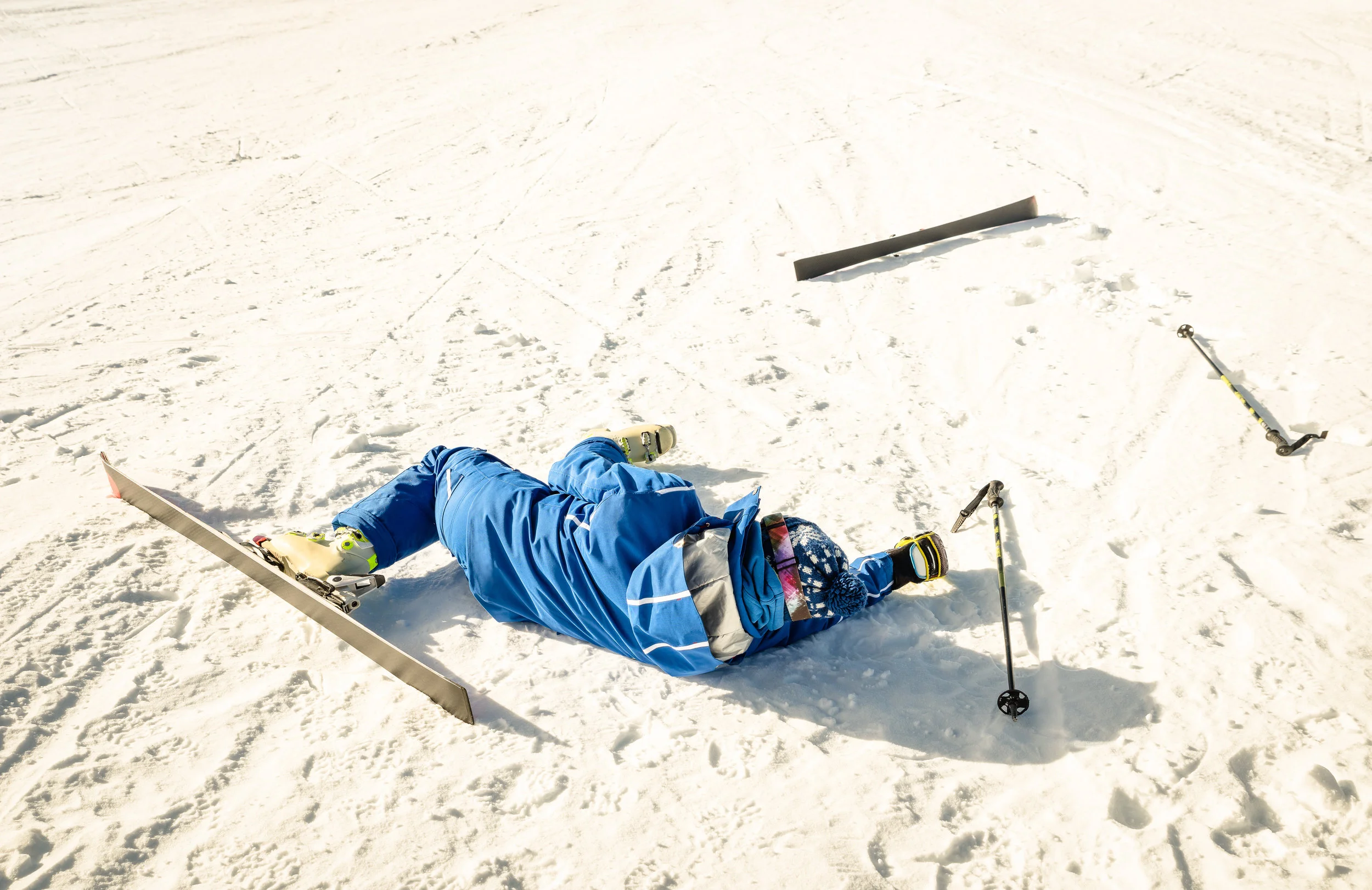What Are My Options for ACL Reconstruction? Answers from a Vail Orthopedic Surgeon
Time For An ACL Reconstruction?
You’ve injured your ACL playing your favorite sport, and now you’ve decided you want to keep doing the activities you love without upping the risk of your knee giving out again-- or putting your meniscus and cartilage at risk. So what comes next?
Well, it’s time to talk about ACL reconstruction. Don’t worry, we do this all the time. But we do have a couple of key decisions to make.
Your own Tissue…Or Somebody Else’s?
The Allograft is a good option for athletes over the age of 40
The first decision we have to make is whether whether to use your own tissue for the ACL replacement…or use somebody else’s. “Well doc,” you might be saying to yourself “how in the heck are you going to use somebody else’s tissue for MY knee?"
It’s called a cadaver graft, if that tells you anything! Of course, the scientific name for this procedure is an “Allograft”, and while it might sound slightly morbid in theory, the reality is it is fairly common practice to take the tissue from a deceased person’s body to help the living do better... living.
Here are a couple of solid reasons why we would chose to utilize this procedure for your ACL reconstruction. I’m going to lay those out first, and then I’ll get to the big asterisk when it comes to the allograft.
Dr. Sterett talks about Allografts, Autografts, and explains the difference between these two popular methods of ACL Surgery.
2 Reasons to Chose an Allograft
- It allows for a quicker, easier rehabilitation.
- It doesn’t hurt as much.
Overall, these two factors make for an easier first few weeks of your recovery, although they do not speed up the process of full recovery.
“From ski racers to football players, young athletes want to get back to their sport immediately. Asking them to wait for 2 years to get back to their sport of choice is like asking a wild horse not to run or a dog not to bark. It just isn’t happening.”
The Allograft Asterisk
- It takes longer for an allograft to remodel and form a new Anterior Cruciate Ligament.
- The allograft has a SUPER high risk of being re-torn in an active athlete under the age of 20.
For these reasons, it’s become very rare for us to use an allograft on athletes in this age group who are performing at a competitive level. From ski racers to football players, young athletes want to get back to their sport immediately. Asking them to wait for 2 years to get back to their sport of choice is like asking a wild horse not to run or a dog not to bark. It just isn’t happening.
But Wait...
If you are over the age of 35 (and especially over the age of 40), it’s almost unheard of to re-tear a cadaver graft.
In conclusion:
The allograft is a great option for the over-35 athlete, but we’ll most often avoid it for the younger athlete.
Autograft Options
Younger Athletes Are Usually Better Served by the Autograft
Ok, so let’s talk about what happens when you’ve decided to use your own tissue, which is called an autograft. Here are our options:
- Hamstring Graft
- Patellar Tendon
- Quadriceps Tendon
Let’s dive quickly into this: The truth is, all three of these options will be bigger and stronger than your old, damaged ACL.
“The good news is that all of these methods can lead to a full recovery.”
The Upside of the Hamstring Graft
Many of the skiers I work with favor the hamstring graft, because they don’t want to raise their risk of patellar tendinitis, which can be a side effect of using the patellar tendon.
The Downside of the Hamstring Graft
People that are loose jointed (which includes many of the world-class-level female skiers that we work with) have a higher tendency to re-rupture the hamstring graft. So we might actually lean towards the patellar tendon graft in those people.
The Quadriceps Tendon
We are using this graft more and more. It’s big, it’s strong, and it eliminates the change of the hamstring re-rupture and the chance of patellar tendinitis. In this procedure, we have to make two incisions in order to harvest the middle part of the quadriceps tendon.
In Conclusion
If you are young and “go hard”, it’s clear that an autograft is the way to go. If you are around the age of 40 or older, the allograft is a very viable choice. The good news is that all of these methods can lead to a full recovery.
That’s a good introduction. If it’s time to get your ACL reconstructed, Talk to YOUR doctor and see what’s right for your body, as everyone is different.














